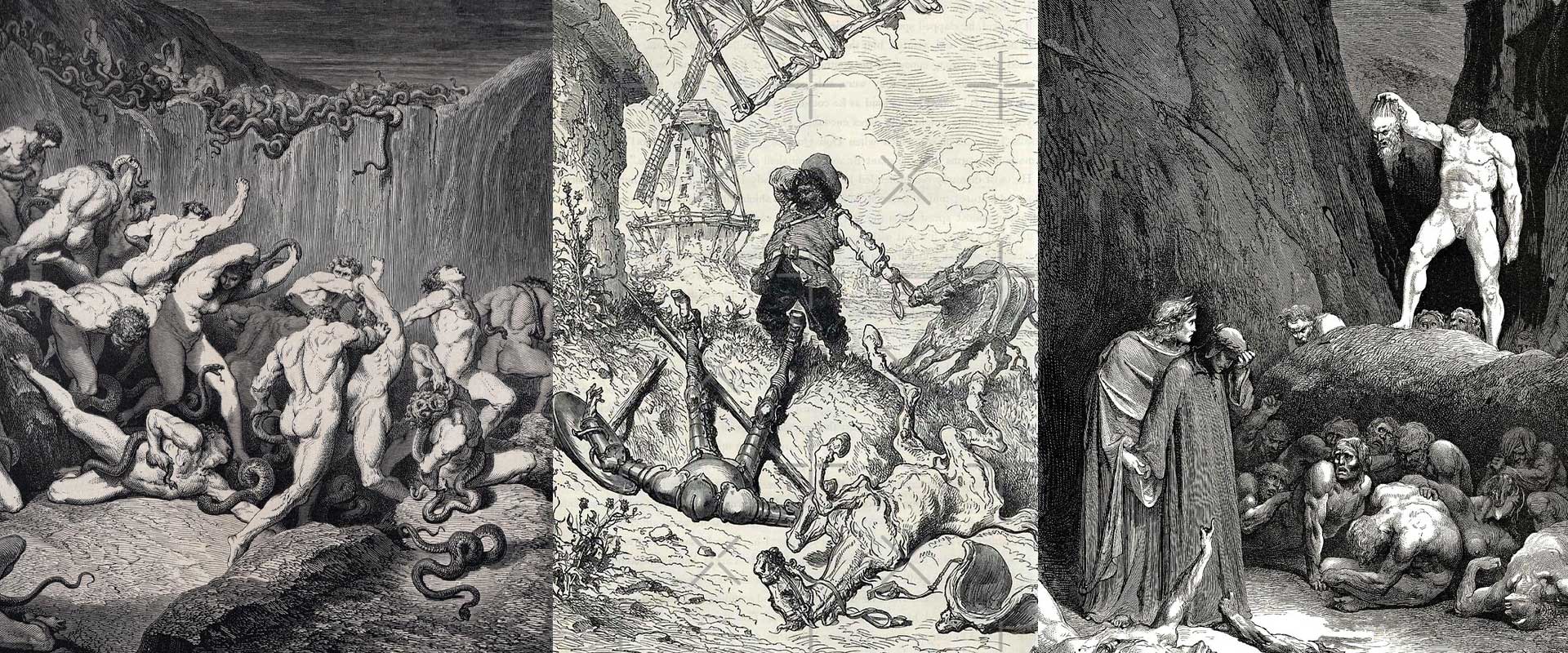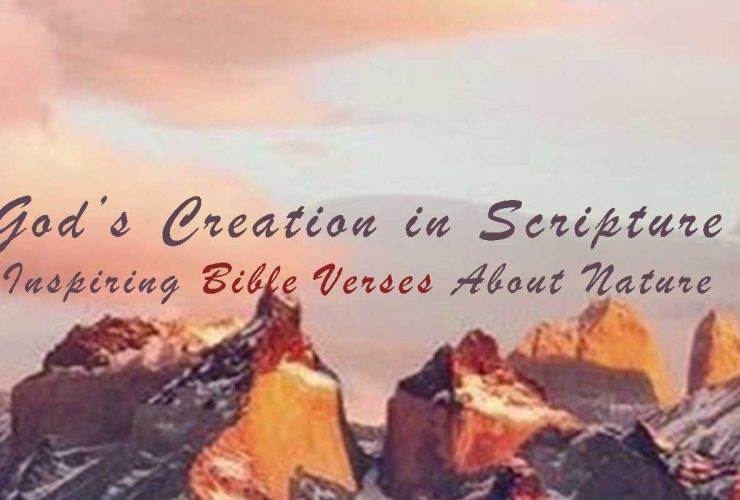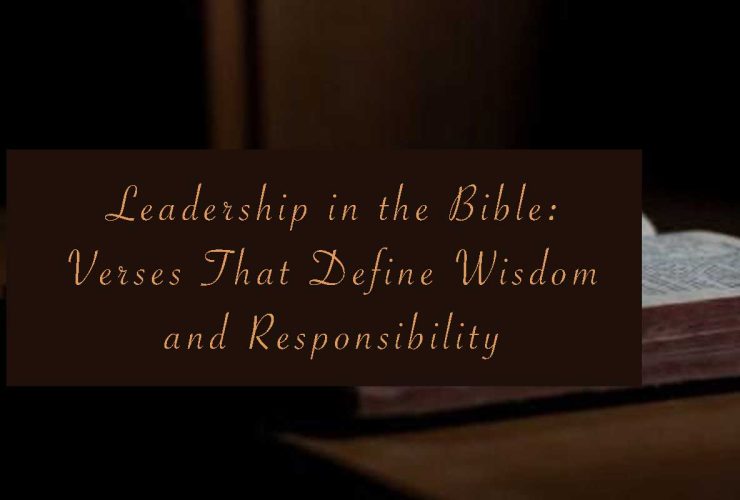Doré’s Role in Romantic Art
The Romantic Era was an age of emotional intensity, dramatic contrasts, and fascination with the sublime. Artists and writers sought to capture awe, terror, faith, and the depths of human emotion. Within this movement, Paul Gustave Doré became one of the most significant figures—not through painting or poetry, but through his masterful engravings.
Doré’s work perfectly embodied Romantic ideals. His engravings combined technical brilliance with a sense of drama, spirituality, and psychological intensity. By illustrating the great texts of the Western canon—the Bible, Paradise Lost, The Divine Comedy, and Don Quixote—he created images that expressed the Romantic longing for transcendence, while also confronting the darkness of the human soul.
Today, his legacy continues in collections such as Paul Gustave Doré art prints, which remind us how deeply his engravings defined cultural imagination.
The Romantic Context of Doré’s Time
What Defined Romanticism
Romanticism was a reaction against the rationalism of the Enlightenment and the formal restraint of Neoclassicism. Instead, it celebrated:
- Emotion over reason – feelings of awe, melancholy, terror, and wonder.
- Nature as sublime – powerful, uncontrollable, and spiritually charged.
- The individual genius – artists seen as visionaries with unique voices.
- The supernatural and spiritual – fascination with angels, demons, and eternity.
Doré captured all of these elements. His engravings portrayed cosmic landscapes and divine battles, perfectly reflecting Romantic ideals of the sublime.
Doré and Romantic Writers
Doré’s career was intertwined with the writers of Romanticism. His illustrations gave visual form to works that already embodied Romantic ideas:
- Dante’s Divine Comedy explored the extremes of sin, suffering, and divine glory.
- Milton’s Paradise Lost dramatized cosmic rebellion and heavenly justice.
- Cervantes’ Don Quixote presented both satire and deep human longing.
- The Bible, already a text of passion and symbolism, became through Doré’s hands a Romantic vision of faith and eternity.
- In illustrating these works, Doré became more than an interpreter—he was a Romantic visionary in his own right.
Symbolism and the Sublime in Doré’s Engravings
Light and Darkness
One of Doré’s strongest Romantic traits was his manipulation of light and shadow. Romanticism thrived on contrast, and Doré turned this into a symbolic language:
- Light represented divine grace, truth, or transcendence.
- Darkness symbolized despair, temptation, or evil.
- The balance of both captured humanity caught between redemption and destruction.
This approach can be seen in his biblical engravings, where light breaking through storm clouds symbolizes divine intervention. It connects closely to the meaning found in Bible verse wall art prints, where scripture is paired with sacred imagery of hope.
Scale and the Human Condition
Romantic artists often emphasized the smallness of man before eternity. Doré did the same through exaggerated scale:
- Tiny figures dwarfed by cosmic storms.
- Towering demons looming over fragile mortals.
- Vast landscapes that reduced humanity to a footnote.
This sense of the sublime—both terrifying and awe-inspiring—was a hallmark of Romantic art.
Doré’s Religious Romanticism
Religious imagery was central to Romantic art, and Doré brought a deeply spiritual dimension to his work. He was not content with illustrating biblical events literally. Instead, he sought to capture the spiritual truths behind them.
His Bible Illustrations became some of the most iconic religious images ever created. Viewers saw in them not only historical scenes but also Romantic visions of faith, struggle, and eternity. This blending of art and spirituality continues to inspire through spiritual wall art, where faith is expressed through dramatic and emotional design.
Doré and the Romantic Imagination of Hell and Heaven
Dante’s Inferno
In illustrating Dante’s Inferno, Doré visualized the Romantic fascination with the grotesque, the terrifying, and the sublime. His engravings of sinners trapped in endless torment are filled with symbolism—figures twisted in agony, landscapes torn apart by chaos, and shadows that seem alive.
Milton’s Paradise Lost
Doré’s Satan is one of the most iconic depictions of rebellion ever drawn. His muscular form, dramatic postures, and looming shadows embody Romantic heroism and tragedy. At the same time, the angels Doré drew are radiant, bathed in light, emphasizing Romantic ideals of the divine.
The Bible
Doré’s biblical engravings emphasized human vulnerability before divine power. From the flood to the apocalypse, his engravings carried Romantic awe. This makes his work an important visual bridge between scripture and Romantic art, as also seen in Paul Gustave Doré’s dramatic Bible illustrations.
Doré and the Romantic Legacy of Don Quixote
Romanticism also celebrated the tragic dreamer, and Doré’s engravings of Don Quixote captured this perfectly.
- Windmills as illusions became symbols of futile human struggle.
- Sancho Panza’s earthy posture symbolized realism against Romantic idealism.
- Quixote’s fragile stance embodied the Romantic spirit of noble failure.
Doré’s engravings elevated Cervantes’ satire into a Romantic allegory of longing and disillusionment.
Doré as a Romantic Artist
- Emotionally charged imagery that stirred awe and terror.
- Symbolic use of light and shadow to depict spiritual conflict.
- Grand scale that emphasized the sublime and humanity’s fragility.
- Religious and mythological themes reflecting Romantic spirituality.
- Interpretation of literature that expanded texts into visual epics.
Doré’s Influence on Later Movements
Though Romanticism declined in the late 19th century, Doré’s engravings left a lasting influence. His dramatic contrasts inspired early film directors experimenting with shadow. His epic landscapes influenced fantasy illustration and comic art. His moral storytelling echoes in modern interpretations of spirituality, as seen in Bible verses about strength and courage.
Doré was not just a Romantic artist—he was a bridge. His engravings carried Romantic ideals into modern illustration, keeping alive the sense of awe, morality, and imagination that defined the movement.
Conclusion
Paul Gustave Doré stands firmly within the Romantic Era, not as a painter or poet but as the visionary engraver who transformed words into images that carried profound symbolism and emotional power. Through his depictions of Dante’s hell, Milton’s angels, Quixote’s folly, and the Bible’s divine drama, Doré embodied Romantic ideals of the sublime, the spiritual, and the deeply human.
His engravings remain timeless because they invite reflection, faith, and awe. Just as collectors turn to Paul Gustave Doré art prints today, we continue to look at his engravings not only as illustrations but as Romantic masterpieces that shaped cultural imagination across centuries.
FAQs on Paul Gustave Doré and the Romantic Era
Was Gustave Doré considered a Romantic artist?
Yes. While Doré worked primarily as an illustrator and engraver, his themes of spirituality, grandeur, and human struggle align closely with Romanticism. His use of dramatic light, emotional intensity, and sublime landscapes placed him firmly within the Romantic movement.
How did Doré’s engravings reflect Romantic ideals?
Doré’s work reflected Romanticism through symbolic use of nature, scale, and emotion. He emphasized the sublime—showing humanity as small compared to divine or cosmic forces. His illustrations of The Divine Comedy, Paradise Lost, and the Bible expressed awe, fear, and transcendence, all key Romantic themes.
What makes Doré’s Bible engravings Romantic?
Doré’s biblical engravings were more than literal depictions. They carried Romantic symbolism, such as light breaking through clouds to represent divine hope, or vast landscapes showing humanity’s fragility. His works turned scripture into epic visual drama, much like Bible verse wall art prints inspire reflection today.
How did Doré compare to other Romantic artists?
Unlike painters like Delacroix or Turner, Doré expressed Romanticism through engraving. However, he shared their focus on drama, symbolism, and the sublime. Where Turner used storms at sea, Doré used cosmic storms in heaven and hell. Where Delacroix painted emotion, Doré carved it into faces and gestures.
Why is Doré’s Romantic influence still important today?
Doré’s engravings continue to influence modern illustration, film, and spiritual art. His dramatic contrasts of light and shadow shaped how audiences imagine heaven, hell, and biblical drama. Collectors of Paul Gustave Doré art prints keep this Romantic legacy alive.





